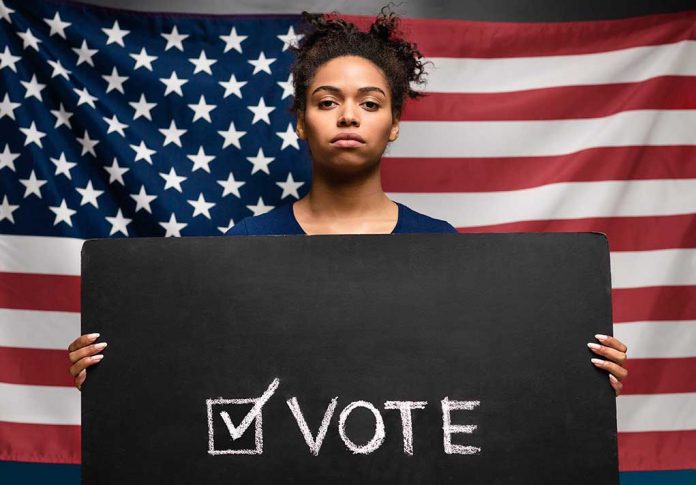
(NewsSpace.com) – In 1787, the US Constitution was ratified to ensure liberties and protect the people from the government. However, the original document did not recognize some classes of people as citizens, and voting rights were not extended to them and others. Over the following 200 years, voting rights were amended in the Constitution 4 times.
The framers were keenly aware they were creating an imperfect experiment. Over time, they knew it would need to be altered and created a procedure to do just that in the founding document. Since the original ratification, the Constitution has been amended 27 times, and 4 times specifically dealt with voting rights issues. Two of them dealt with race, one amendment involved women, and the most recent one changed the voter age requirements.
15th Amendment
In the wake of the Civil War, the country began working towards creating equality between Americans regardless of the color of one’s skin. The first step was the 15th Amendment. Prior to the Civil War, black men in the South were property. As such, they enjoyed no rights from the government. However, President Lincoln’s Emancipation Proclamation and the Confederate Army’s defeat ended the practice of slavery once and for all.
One of the first steps in acknowledging free black men was to give them the same rights as all men—the right to vote. The 15th Amendment was ratified on February 3, 1870. It states that the “right of citizens of the United States to vote shall not be denied or abridged by the United States or by any state on account of race, color, or previous condition of servitude.”
19th Amendment
It took women a lot longer time to earn the right to vote than it took black men. The women’s suffrage movement began in the 1820s. By 1848, conventions were being held. After the Civil War, the movement grew stronger as the 14th Amendment defined citizens as male, and the 15th Amendment gave black men the right to vote.
Susan B. Anthony co-started the National Woman Suffrage Association in 1869 to fight for women’s right to vote. In 1910, a few western states started giving women voting rights, but the South and East resisted. However, World War I changed everything as women worked to support the war effort. Activists declared it hypocritical that women could work, but they couldn’t vote.
In 1920, the 19th Amendment was ratified that gave women that right.
24th Amendment
Once again, an issue of race and voting rights crept up that needed the Constitution to solve. Created after the Civil War, the post-Reconstruction South disenfranchised black voters and instituted segregation. As time marched on, “Jim Crow” laws cropped up that included what became known as poll taxes. The right to vote was eliminated for those who couldn’t afford to pay the tax. In the South, many blacks were poverty-stricken and couldn’t afford to vote.
The 24th Amendment was ratified on August 27, 1962, and eliminated the poll tax to ensure that all citizen’s rights to vote were upheld equally.
26th Amendment
As the Vietnam War raged on, young people were being drafted to fight in a war they had no say in. Some argued that an 18-year-old could serve in the military, but not vote. On July 1, 1971, the 26th Amendment was ratified to ensure young people could vote in the elections to be held just months later.
The framers designed a Constitution that was meant to change with culture, needs, and times. Voting rights amendments are a great example of the heritage left to America. While the Constitution hasn’t been amended in several decades, there will surely be more to come in America’s storied history.
Copyright 2021, NewsSpace.com










